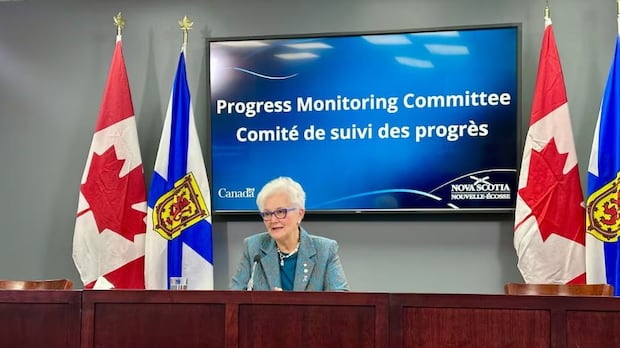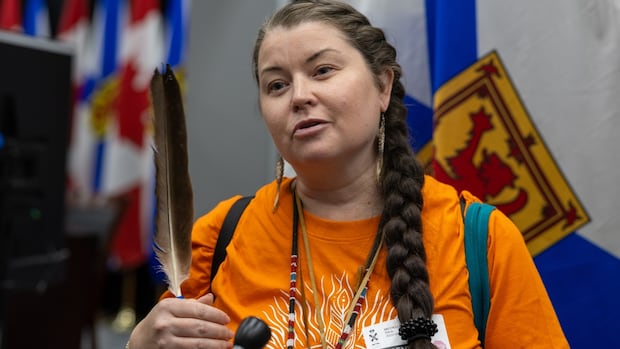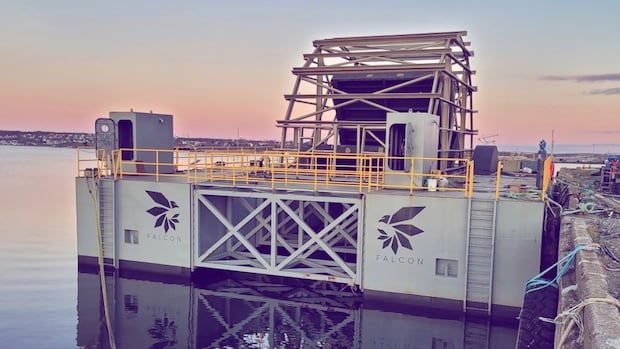Mi’kmaw STEM summer camp brings learning out of the classroom

It’s a sunny Friday morning on the Bras d’Or Lake shoreline in Cape George, Richmond County.
Brothers Luke and Kent Denny, from Eskasoni First Nation, are leading a clam-diving workshop for 16 Mi’kmaw students from around Cape Breton, as the first week of the Mlkiknewawti STEM (science, technology, engineering and mathematics) camp winds down at Camp Rankin, just up the hill from the demonstration.
A school teacher at Potlotek First Nation, also in eastern Richmond County, Luke Denny encourages his teenage onlookers to track the eyes of the clams nestled beneath the lake surface. Moments later, donning dive masks and life-jackets, they’re in the Bras d’Or.
The tip is successful for Esaksoni student Deshawn Denny, who digs up two clams on his first crack at a traditional Mi’kmaw practice.
“There’s two little dots in the ground, and then you’ve got a circular … thing poking up from where the eyes are,” Deshawn said.
“You’ve got to go pretty far out to get them … and be careful that you don’t cut your fingers when you’re digging in the ground to get them.”
‘Road to strength’
The name of the camp means “road to strength.” This is its first 10-day run in Cape Breton, following a successful five-day experiment in Baddeck last summer and two consecutive years in the Bridgewater area, which will host this summer’s second Mlkiknewawti camp in August.
The camp provides high school credits for its participants. It teaches them a wide range of activities ranging from fishing, fire-building and drum-making to archery and boxing.
There are also presentations from visiting elders as well as Mi’kmaw adults who have built careers in medicine and other branches of the sciences.
Camp co-ordinator Caitlin MacPhail is also the partnership and development co-ordinator of SuperNOVA, a non-profit STEM organization based at Dalhousie University.
“This program is really about creating a space where we can bring the youth and the elders and the knowledge-keepers of the community together, so they can learn from the elders and knowledge-keepers,” MacPhail said Friday.
MacPhail said they are bringing together “culture, language, and leadership as well as STEM, showing the students that if they’re interested in STEM, there’s a place for them in STEM.”
Breaking out of ‘clinical’ environments
Jonathan Hird, a communications assistant with SuperNOVA, took pictures of the clam-diving workshop. Earlier in the week, he led workshops on fire-building and soil chemistry.

Hird said he is enthusiastic about the Mlkiknewawti approach to the sciences, especially after seeing what he describes as “clinical” classroom-based approaches to pitching STEM to students,
“I find our land-based program really breaks you out of that,” says Hird, who has been involved with Mlkiknewawti since it began in Lunenburg County.
“You realize that science can be swimming in a lake, seeing what kind of creatures you see, interacting with animals, interacting with the land, finding medicine plants. That’s all based around STEM, and you can further your understanding of science while being out in nature.”




